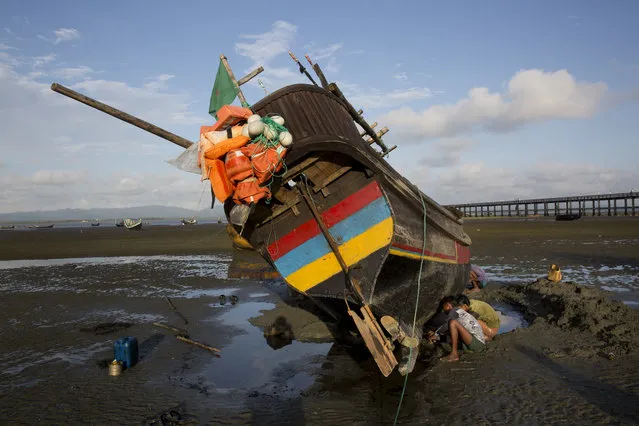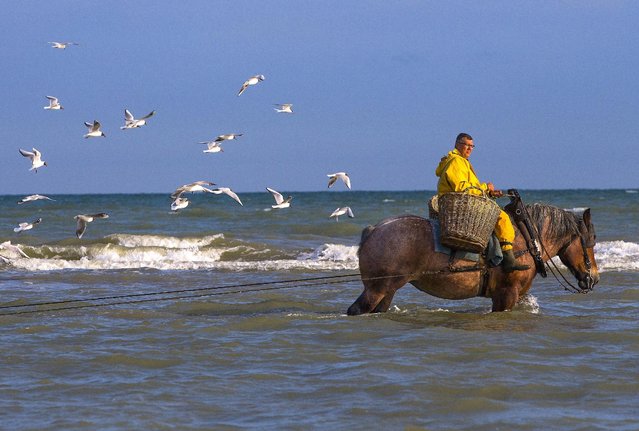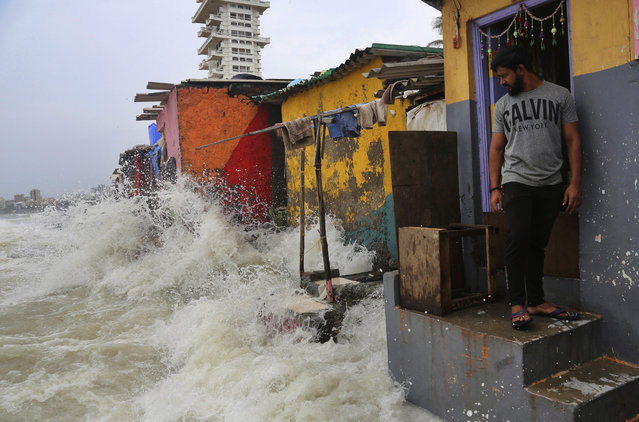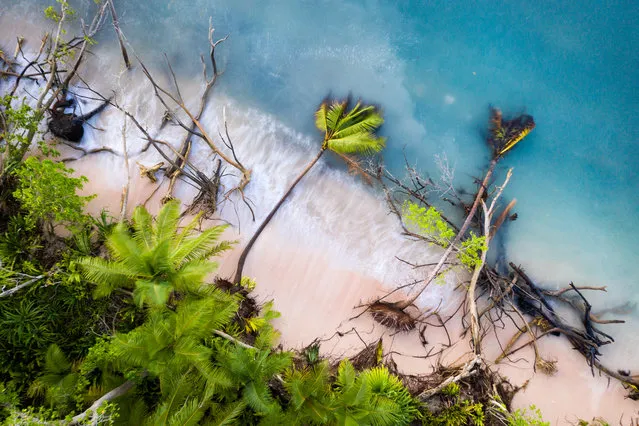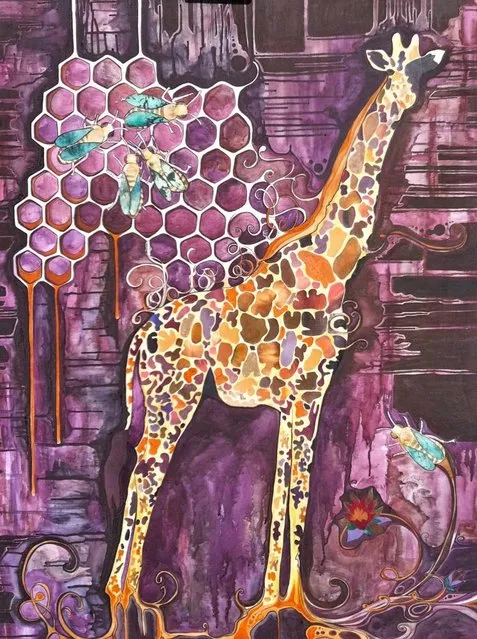
Challenges face all types of industries in various forms. Whether its a new project or expanding the business with a new venture. D2Autosport is no stranger to the challenges brought on in the automotive aftermarket and the teamwork needed to deliver a comprehensive build. With our latest project, the Terradyne Gurkha, each member of our multi talented team was resourced to bring a fresh spin to a military grade vehicle that was to be the promo vehicle for New York’s own Slow Bucks.
22 Jul 2014 09:58:00,post received
0 comments



